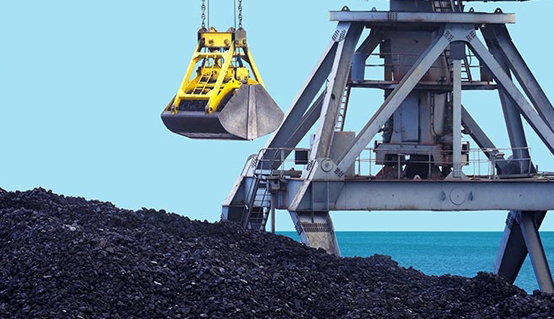
As a critical raw material in the aluminum production process, calcined petroleum coke (CPC) plays a vital role in the global economy. With the increasing demand for aluminum in various industries, the future of CPC is both promising and challenging. This article will explore the potential opportunities and challenges facing the calcined petroleum coke industry, as well as the implications for the aluminum sector and the environment.
The demand for aluminum is expected to grow in the coming years, driven by its widespread use in various industries, including transportation, construction, packaging, and electronics. As a lightweight, corrosion-resistant, and recyclable material, aluminum offers numerous advantages over other metals. This growing demand for aluminum will, in turn, drive the need for calcined petroleum coke, as it is a crucial component in the production of carbon anodes for aluminum smelting.
One of the primary challenges facing the calcined petroleum coke industry is the increasing concern over its environmental impact. The production of CPC involves the emission of greenhouse gases, such as carbon dioxide and sulfur dioxide, which contribute to climate change and air pollution. As a result, governments and regulatory bodies worldwide are implementing stricter environmental regulations, which may affect the production and use of calcined petroleum coke. These regulations may lead to the development of cleaner production methods or the exploration of alternative raw materials for aluminum production.

Technological advancements in the calcined petroleum coke industry have the potential to improve production efficiency, reduce environmental impact, and enhance product quality. Innovations in calcination technology, such as the use of advanced rotary kilns and fluidized bed calciners, can lead to more efficient and environmentally friendly production processes. Additionally, the development of new analytical techniques and quality control methods can help ensure the consistent production of high-quality CPC, which is essential for optimal aluminum production.
As environmental concerns and regulations continue to shape the future of the calcined petroleum coke industry, the exploration of alternative raw materials for aluminum production becomes increasingly important. One such alternative is the use of coal tar pitch, a byproduct of coal processing, as a binder in the production of carbon anodes. While coal tar pitch has its own environmental challenges, ongoing research and development efforts may lead to the discovery of more sustainable and environmentally friendly alternatives to calcined petroleum coke.
The future of the calcined petroleum coke industry will also be influenced by global market dynamics, including fluctuations in the supply and demand of aluminum, petroleum coke, and other raw materials. Geopolitical factors, such as trade policies and international relations, can impact the availability and cost of these materials, affecting the overall profitability and sustainability of the CPC industry. As a result, companies involved in the production and use of calcined petroleum coke must remain agile and responsive to changes in the global market landscape.
In conclusion, the future of calcined petroleum coke is both promising and challenging, with opportunities for growth driven by the increasing demand for aluminum and the potential for technological innovations. However, the industry must also navigate the challenges posed by environmental concerns, regulatory pressures, and global market dynamics. By embracing innovation, exploring alternative raw materials, and adapting to changing market conditions, the calcined petroleum coke industry can continue to support the growth and sustainability of the aluminum sector and the global economy.

Write a Message